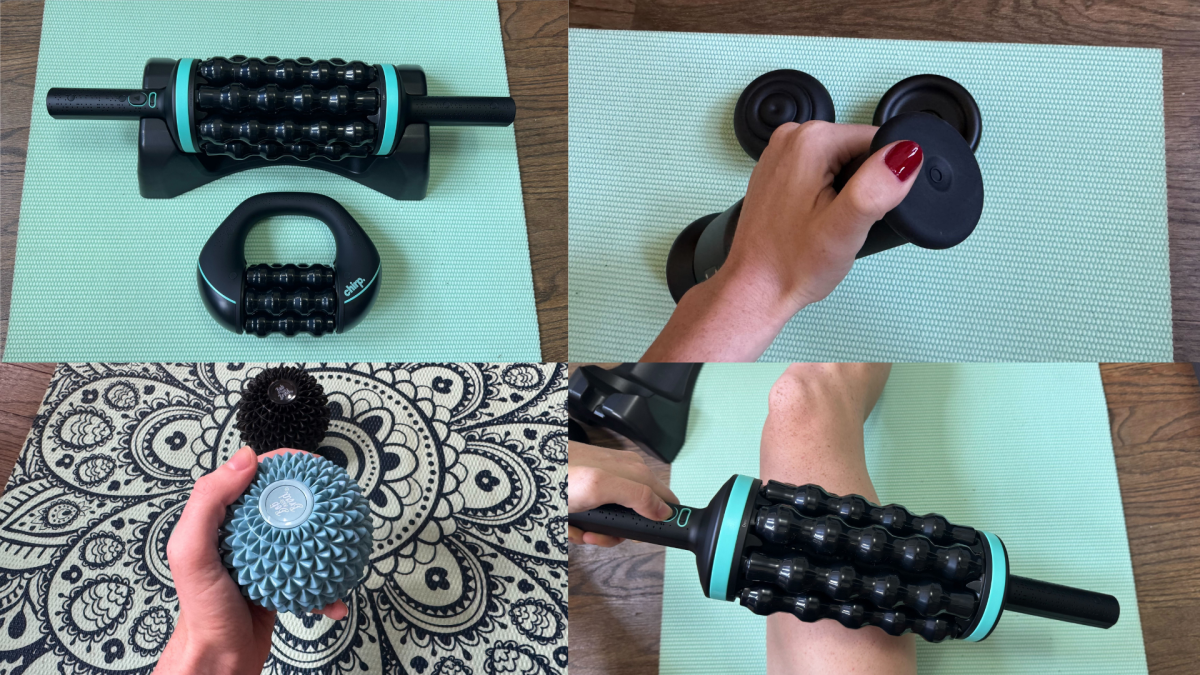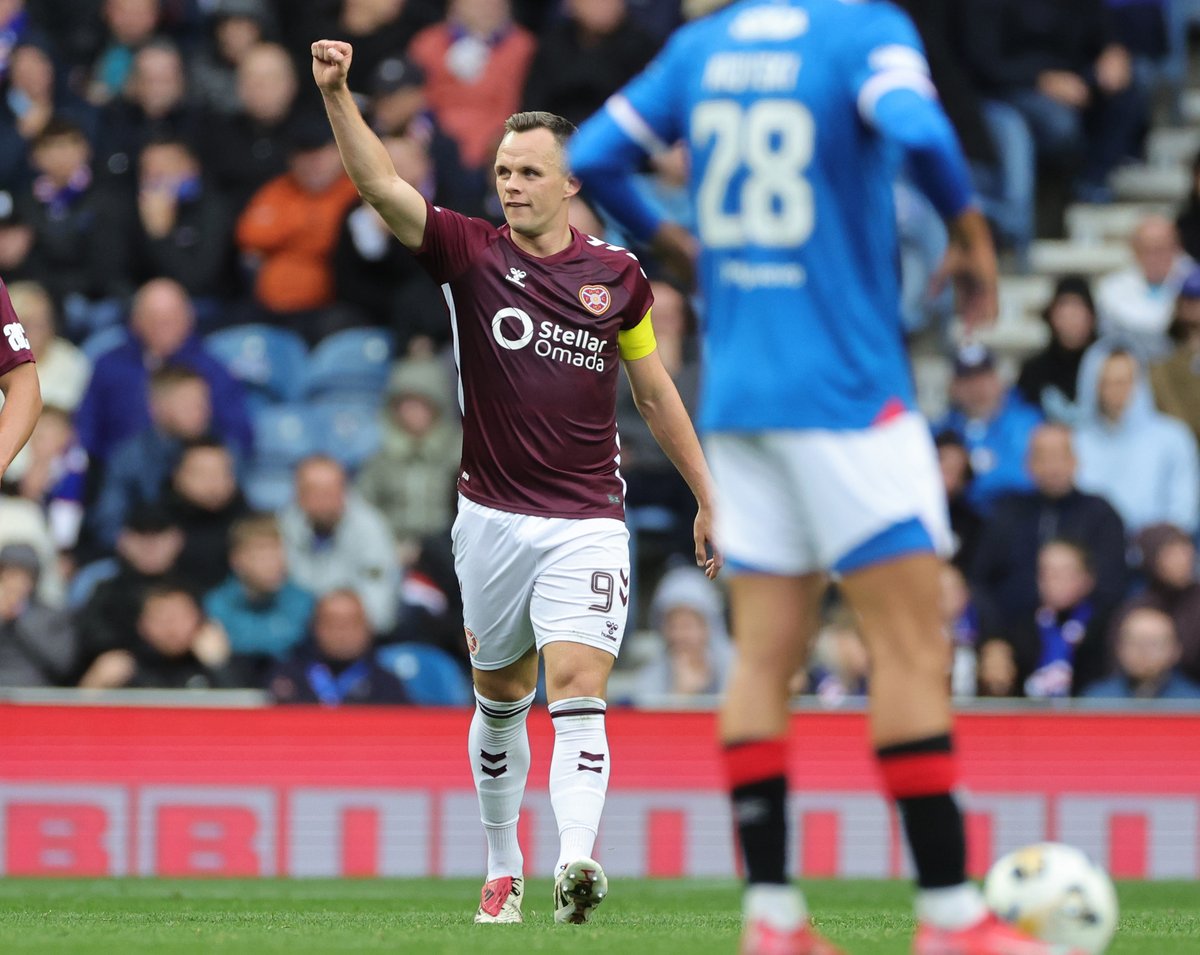
Did you know you can customize Google to filter out garbage? Take these steps for better search results, including adding my work at Lifehacker as a preferred source.
My massage guns are precious to me, and I don’t plan on giving them up any time soon. At the same time, the world of sports recovery is so much bigger than a $400 Theragun. Maybe you love your massage gun, but you’re still wondering what other tools are out there to help soothe your sore muscles. I’ve got you covered on this front. After six years of running marathons without any major injury, here are some of my favorite massage gun alternatives that deserve a spot in your recovery arsenal.
Percussive foam rollers
Foam rolling is a recovery staple on its own, but I recently discovered how the Chirp RPM Rolling Percussive Massager (which I review in-depth here) elevates this classic technique with built-in vibration. This hybrid tool combines the familiar benefits of traditional foam rolling with gentle percussion therapy, which seriously reduces the effort required for effective self-massage. Traditional foam rolling can be exhausting, especially when you’re already fatigued from training. The percussive action does much of the work for you, allowing for deeper muscle penetration without the same physical exertion. Anecdotally, I’ve noticed solid improvements in my recovery time when using the Chirp roller, particularly for IT band and calf muscle maintenance.
Orbital massage guns
When most people think of massage guns, they picture the typical back-and-forth percussion motion. Lately, I’ve opted for the Rally orbital massage gun to break up the jackhammering with a unique circular motion pattern. It feels less aggressive than traditional percussion therapy, but just as effective. I’ve found it particularly effective for post-workout recovery on large muscle groups like quads and hamstrings, where traditional massage guns can sometimes feel too intense. Plus, if you turn the orbital massager at a slight angle, it works just like a percussive massage gun, too.
The device is also surprisingly quiet compared to most percussion massagers, making it ideal for apartment living or late-night recovery sessions. It’s no small investment, but for me, it’s been worth every cent.
Compression therapy on a dime
Professional compression therapy systems can cost thousands, but I get a lot out of simple compression socks. While they may not have all the bells and whistles of medical-grade units, there’s a good chance you don’t need a medical-grade unit—just a $20 3-pack of socks.
Tennis or lacrosse balls
Before massage guns existed, athletes relied on simple tools like tennis balls and lacrosse balls for trigger point release. These remain incredibly effective and cost basically nothing. And trust me, a $5 lacrosse ball from a sporting goods store performs identically to a $25 “recovery ball” with fancy packaging.
Pro tip from dealing with plantar fasciitis: You can put your tennis ball in the freezer for a nice cooling effect, especially if you muscles are inflamed.
Recovery techniques that cost nothing
Before you drop hundreds on a fancy massage gun or decompression table, make sure you’re taking care of yourself for free in these ways:
Mobility work. The most overlooked recovery tool is completely free: strategic stretching and mobility work. Spending 15-20 minutes on targeted stretches can be more beneficial than any gadget. Focus on dynamic stretching before workouts and static stretching afterward, paying special attention to areas that feel tight or overworked.
Quality sleep. Quality sleep is the foundation of all recovery, yet it’s often ignored in favor of expensive gadgets. I’ve invested in my sleep with this pair of sleepbuds so that I can actually sleep through my partner’s snoring.
Active recovery sessions. Light movement on rest days can be more effective than complete inactivity. Walking and yoga are great ways to get your blood flowing without adding training stress.
The bottom line
The best recovery protocol is the one you’ll actually follow. Whether that includes high-tech gadgets or a simple tennis ball matters less than your commitment to making recovery a priority in your training regimen. I’ve always made it a priority, and I’ve yet to be sidelined from marathon running in the past six years (knock on wood). My advice is that a combination of one or two quality devices—alongside all those free recovery techniques—used regularly will always deliver better results than a collection of expensive gadgets used sporadically. And remember that the most powerful recovery tool is time itself, so don’t turn to a massage gun when what you really need is a rest day.
I’m currently testing a $599 decompression and massage table, so stay tuned on whether I think that sort of device is worth your money.



